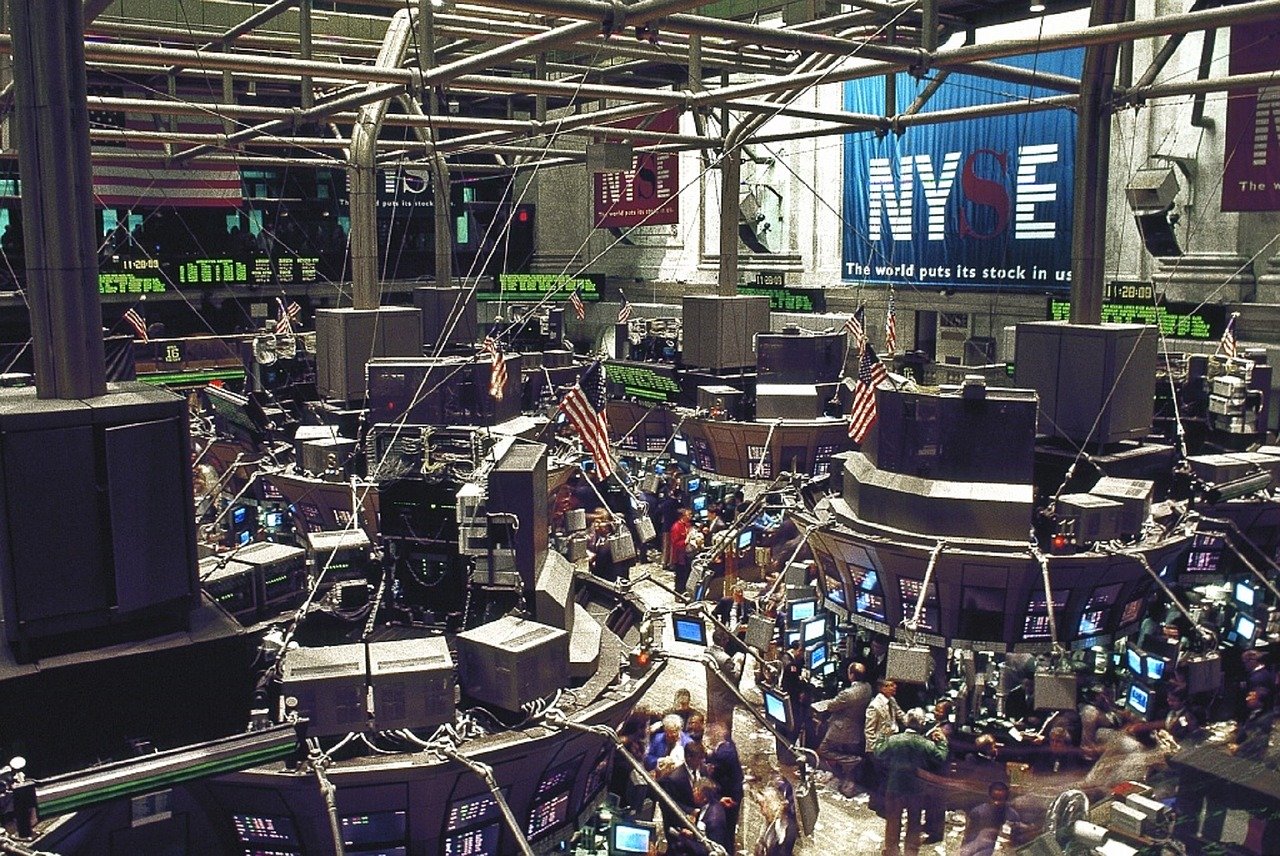EQUITIES
Shares in Asia-Pacific largely declined in Friday trade, as simmering tensions between Ukraine and Russia continue to keep investors on edge.
Japan’s Nikkei 225 shed 0.20%, trimming losses after declining more than 1% earlier, while over in South Korea, the KOSPI fell 0.06%. In Australia, the S&P/ASX 200 slipped 0.74%.
Mainland Chinese stocks were mixed as the Shanghai composite hovered above the flatline, while Hong Kong’s Hang Seng index dropped 0.48%.
On Wall Street overnight, the Dow Jones Industrial Average fell 1.78%, to 34,312.03, its biggest daily percentage decline since Nov. 30. The S&P 500 lost 2.12%, to 4,380.26 and the Nasdaq Composite dropped 2.88%, to 13,716.72 to record its largest percentage fall since Feb. 3.
OIL
Oil prices extended losses on Friday, and were headed for a weekly fall, as talks to resurrect a nuclear deal with Iran entered their final stages, which could boost crude supplies. Though losses were capped by the tension between the West and Russia, a top energy exporter.
Both benchmark contracts were headed for their first weekly fall in nine weeks after hitting their highest points since September 2014.
The Brent now traded at $92.43 per barrel, while the U.S. crude futures traded at $91.09 per barrel.
Both the benchmarks shed around 2% in the previous session, with the Brent futures ends at $92.97 a barrel, while the WTI crude oil prices closed to $91.76 per barrel.
CURRENCIES
The benchmark 10-year yield were steady to trade at 1.984%, while the U.S. dollar index, which measures the currency against six major peers, edged slightly higher to 95.822, cautiously traded as U.S. President Joe Biden said there was every indication Russia planned to attack Ukraine, with Moscow accused Washington of ignoring its security demands.
At the other end of the risk spectrum, bitcoin was trading around $40,599, around a two-week low, after a tumble late on Thursday left it down 7.6% on the day.
GOLD
Fears of a Russian invasion of Ukraine drove investors toward safe-haven assets such as gold. Spot gold was last at $1,890.90 per ounce, following its ascent earlier in the week from below $1,860. U.S. gold futures was at $1,892.10.
Caught in gold's slipstream, spot silver gained to $23.78, platinum jumped to $1,096.20, hitting a three-month high earlier, while palladium at $2,342.50.
ECONOMIC OUTLOOK
Asian markets broadly slipped on Friday after an exchange of fire in eastern Ukraine and renewed U.S. warnings of an imminent Russian invasion had investors looking for safety ahead of the weekend. A Federal Reserve policy change looms on the horizon and the widespread inflation also sent jitters through markets.
The Ukraine standoff deepened, after Russian-backed separatists and Ukrainian forces accused each other of firing shells across a cease-fire line and Britain, as well as the U.S., said Russia sought to fabricate a pretext to invade. U.S. Secretary of State agreed to a meeting with Russia's foreign minister, raising hopes for a diplomatic solution to the East-West standoff.
Developments in Ukraine have added to uncertainty about the path of the Federal Reserve's tightening plans to fight inflation. Concern about conflict in Ukraine comes with markets already rattled by a rates outlook that could hold as many as seven Federal Reserve increases in the year ahead.
St. Louis Fed president James Bullard on Thursday reiterated his call for the Fed funds rate to be raised to 1% by July to combat stubbornly high inflation and Fed funds futures price about a 1/3 chance of a 50 bps hike next month to begin.
U.S. President Joe Biden is set to host a call on Friday on the Ukraine crisis with the leaders of Canada, France, Germany, Italy, Poland, Romania, Britain, the European Union, and NATO.














